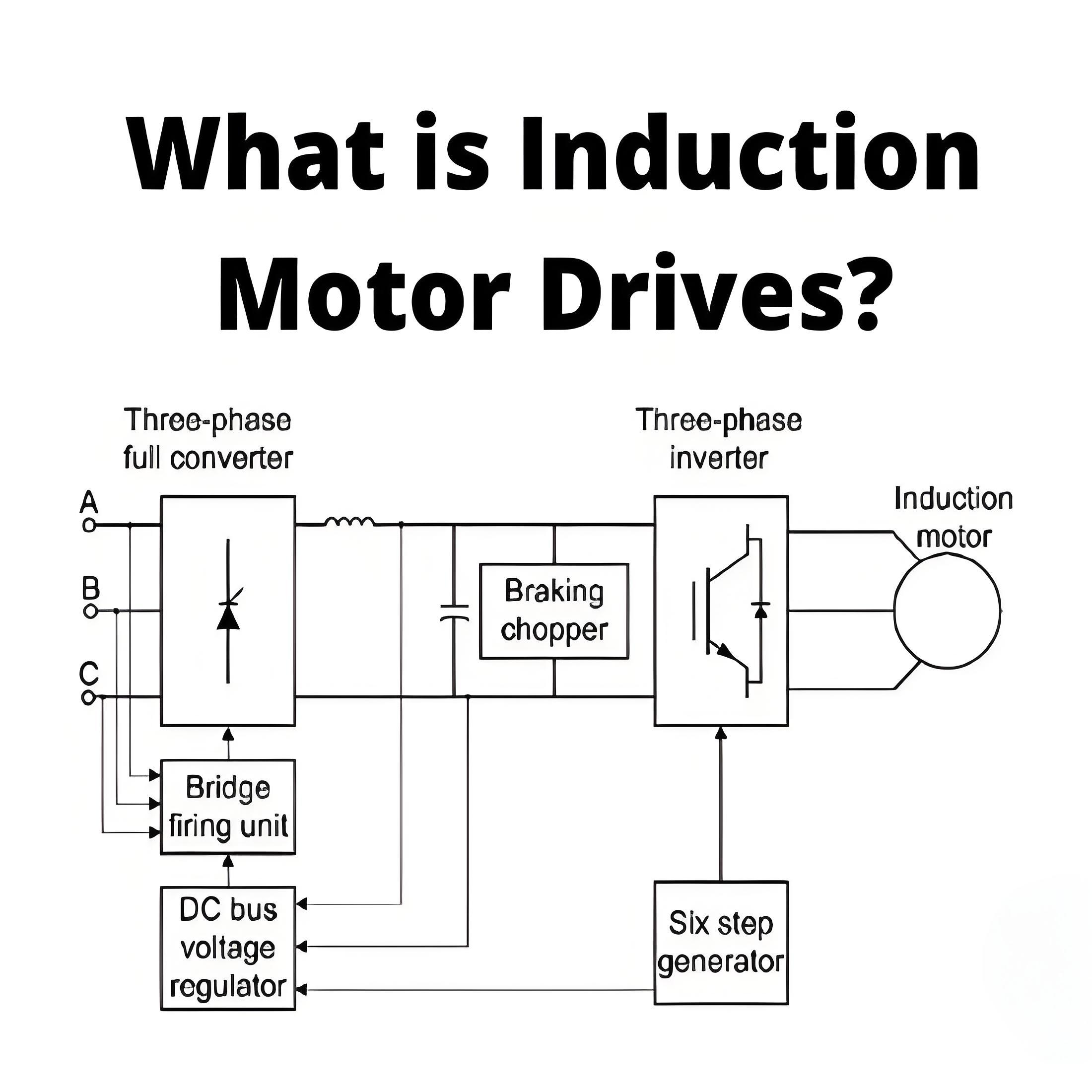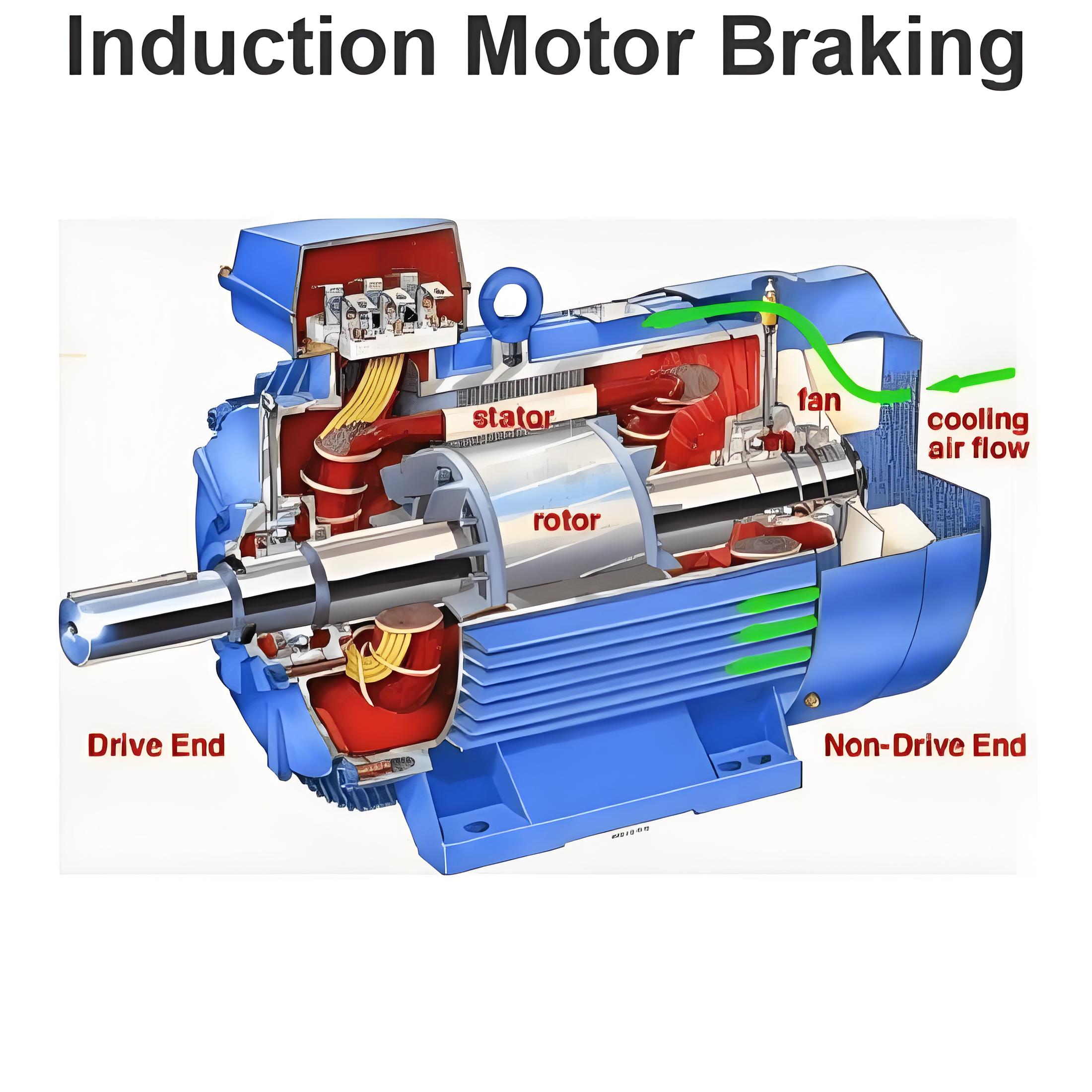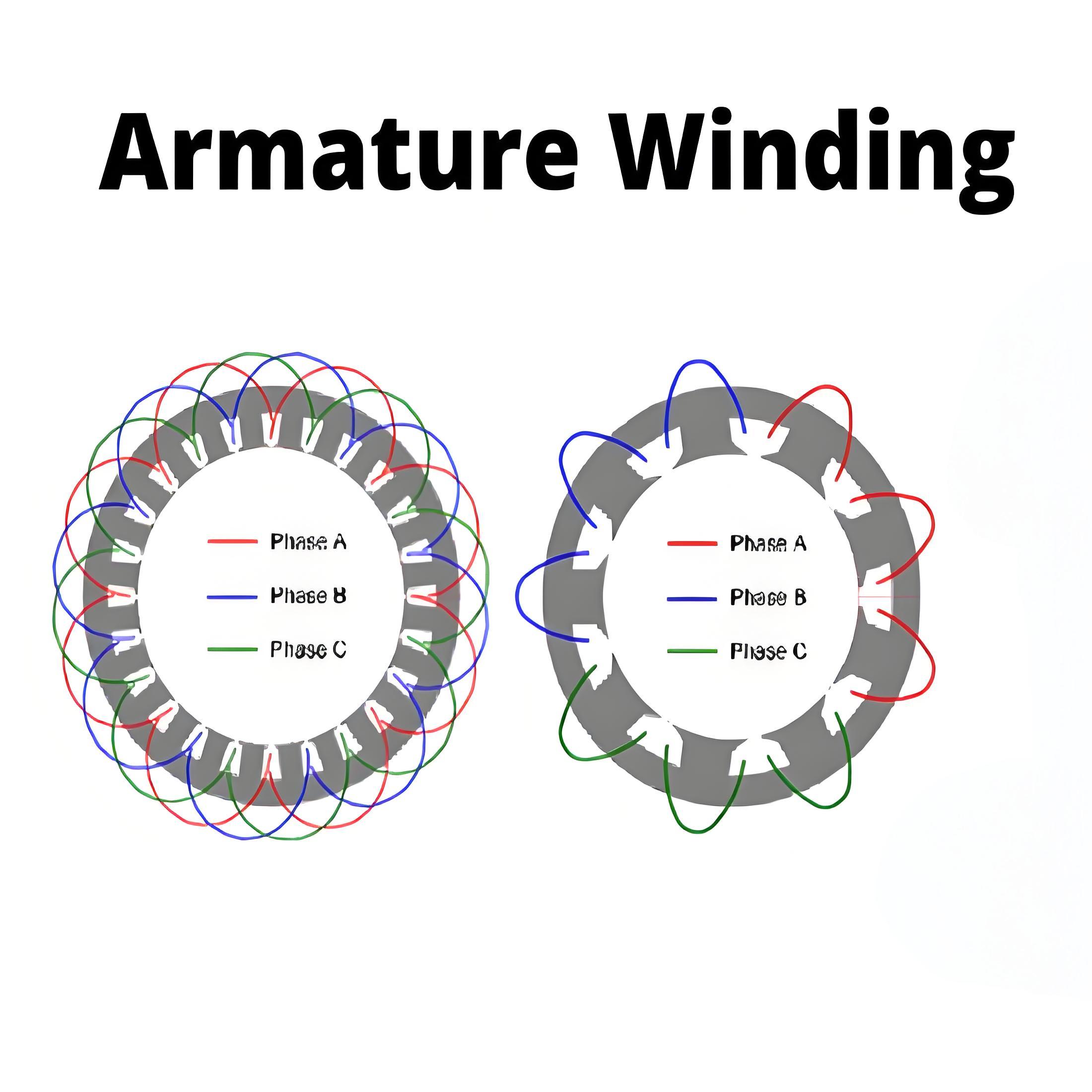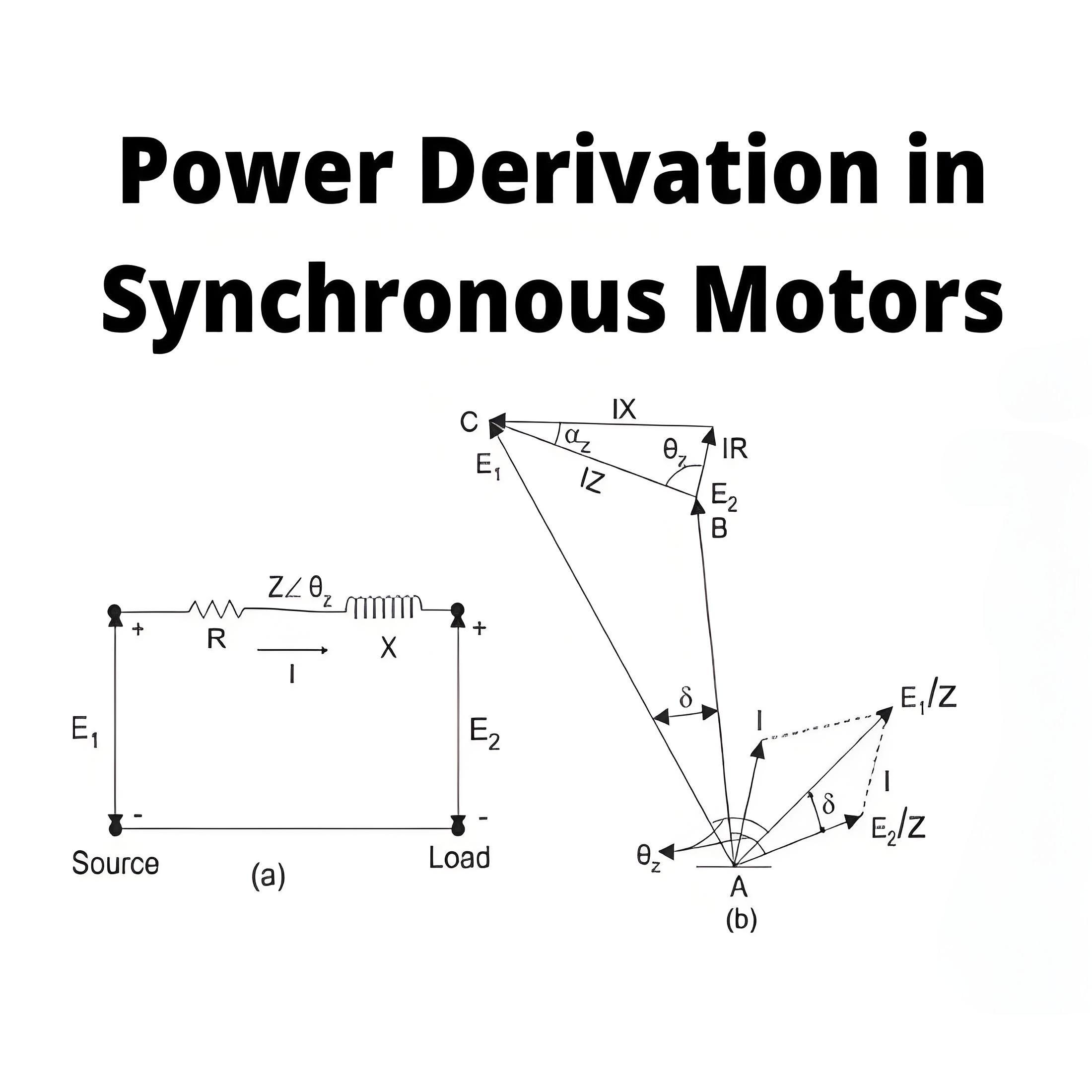What is No Load Test of Induction Motor?
What is No Load Test of Induction Motor?
No Load Test of Induction Motor Definition
A no load test of induction motor is defined as a test conducted when the rotor rotates at synchronous speed without any load torque.
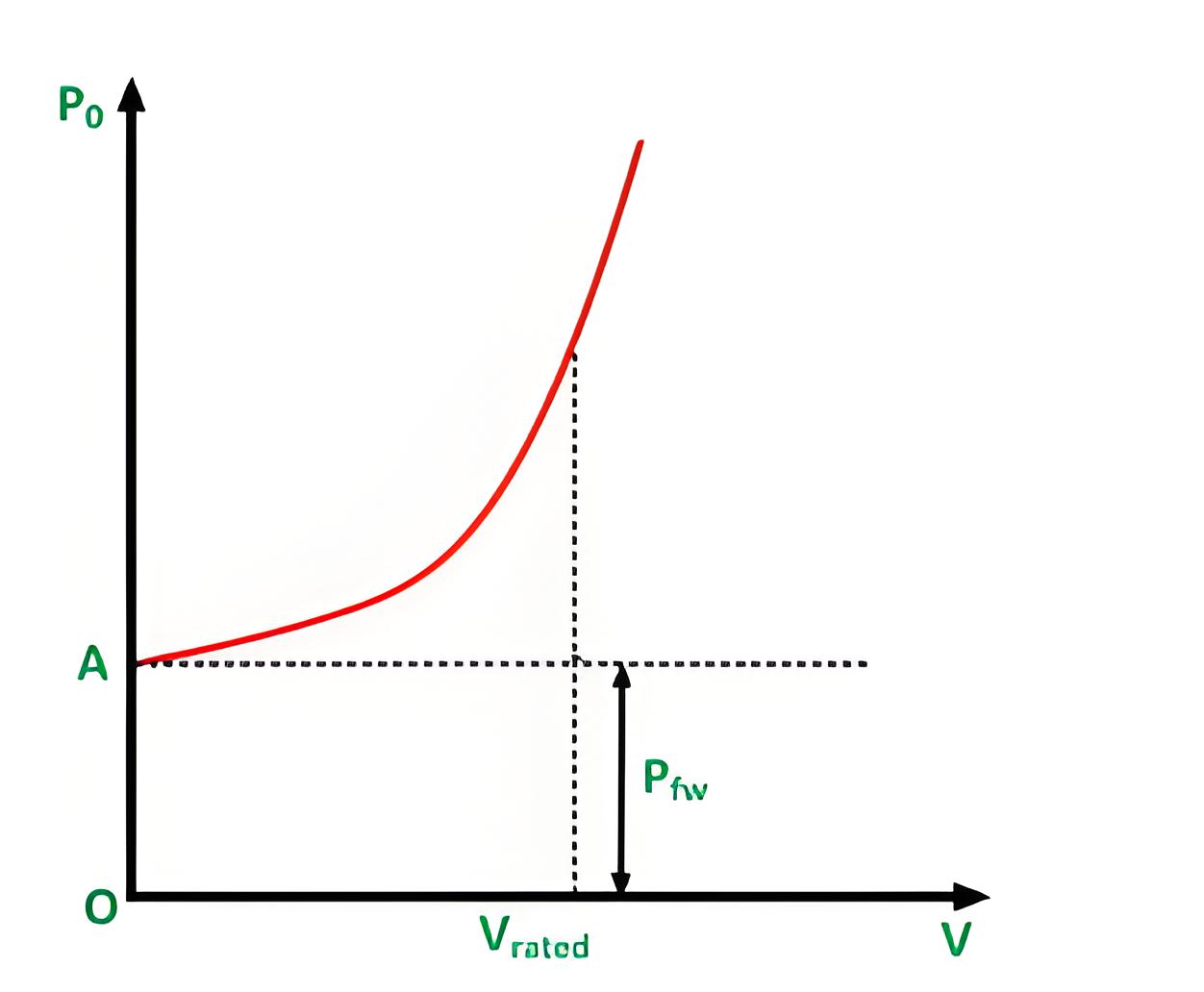
Purpose of No Load Test
This test helps identify no-load losses like core loss, friction loss, and windage loss.
Theory of Test
The test assumes that the impedance of the magnetizing path is large, causing small current flow and the applied voltage is across the magnetizing branch.
Test Procedure
The motor is run at rated voltage and frequency until bearings are fully lubricated, then readings of voltage, current, and power are taken.
Loss Calculation
Rotational losses are determined by subtracting stator winding losses from the input power, and fixed losses like core loss and windage loss are calculated.
Calculation of No Load Test of Induction Motor
Let the total input power supplied to induction motor be W0 watts.
Where,
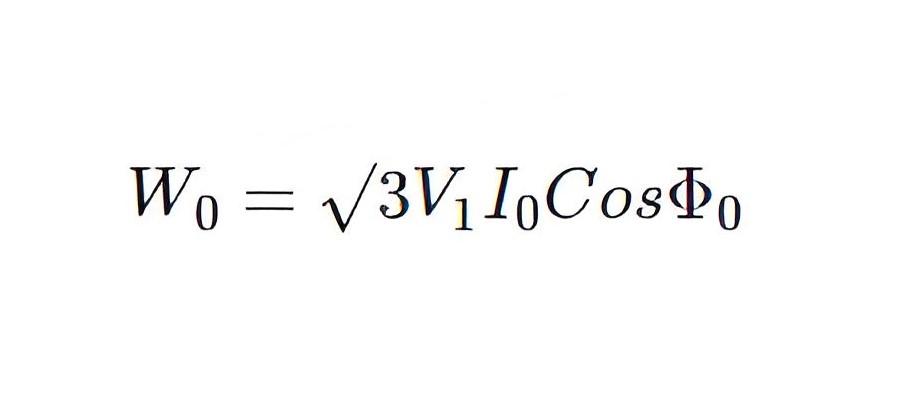
V1 = line voltage
I0 = No load input current
Rotational loss = W0 – S1
Where,
S1 = stator winding loss = Nph I2 R1
Nph = Number phase
The various losses like windage loss, core loss, and rotational loss are fixed losses which can be calculated by
Stator winding loss = 3Io2R1
Where,
I0 = No load input current
R1 = Resistance of the motor
Core loss = 3GoV2
The Electricity Encyclopedia is dedicated to accelerating the dissemination and application of electricity knowledge and adding impetus to the development and innovation of the electricity industry.
